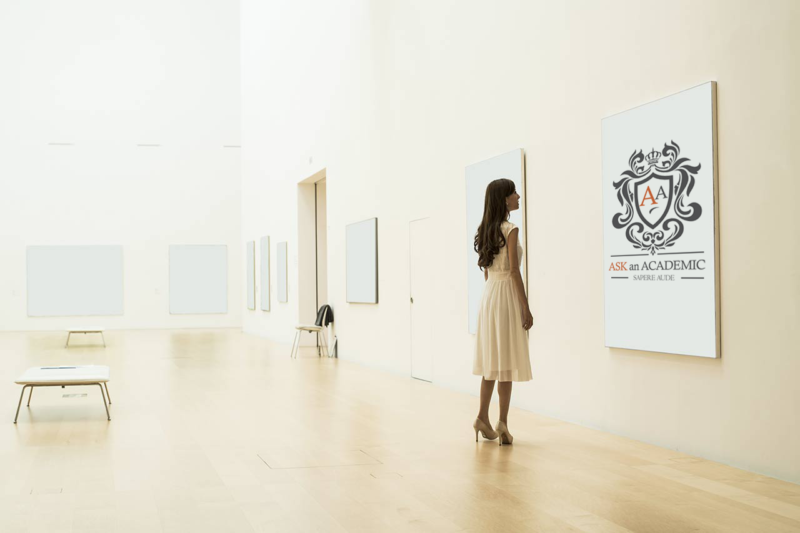Magical Realism in ‘The Girl Who Chased the Moon’
A brief description of where we can find magical realism in the novel
Question
Where do we find magical realism in the novel
Answer
Magical realism is a literary term which describes texts that display an acceptance of magic in the ordinary and rational world, as opposed to portraying it as something fantastical. Leal (1967) summarised the difficulty of defining the term, and identifying its use in texts, by saying ‘if you can explain it, it’s not magical realism’ (p. 120). In The Girl Who Chased the Moon (Addison Allen, 2010) the town of Mullaby is quietly teeming with magic of a small kind: wallpaper changes based on the mood of the person inhabiting the room, and some characters can see the smell of cakes. The protagonist’s grandfather (whom she did not know existed until the death of her mother) is eight feet tall, and the boy she falls in love with has skin which glows in the dark. The magic in Mullaby is not large-scale or life altering: the fantastical elements slot neatly into the real-world setting, but the core of the story is the human drama the characters experience as they all search for some form of acceptance. The Girl Who Chased the Moon also includes the common theme of mystery, though on a small scale: magical realism often deals with the mysteries of life, whereas this novel focuses on the mystery of the town of Mullaby (perhaps acting as a microcosm of the world). It should be noted that magical realism is usually found in ‘literary’ fiction, whereas Addison Allen’s books fit more into the ‘popular’ fiction category, which may explain the absence of some of magical realism’s more complex tropes, such as engagement with the postmodern, metafiction and political critique.
References
Addison Allen, S. (2010). The Girl Who Chased the Moon. London: Hachette.
Leal, L. (1967) in (eds) Parkinson Zamora, L. and Faris, W.B. (1995). ‘Magical Realism in Spanish American Literature’. Magical Realism: Theory, history, community. London: Duke University Press, pp. 120–124.
